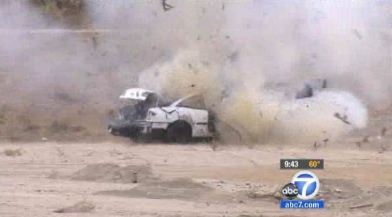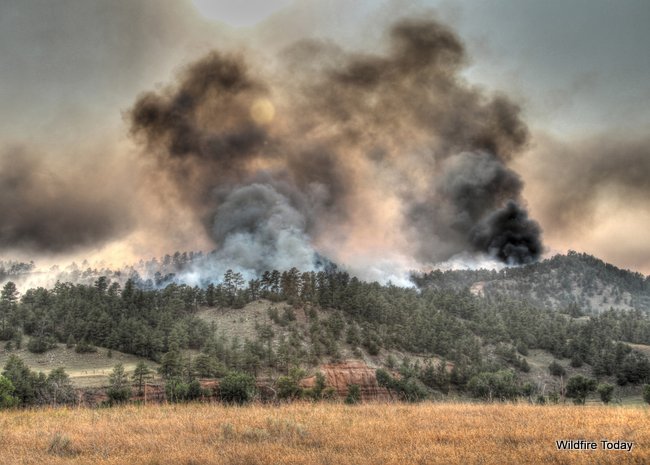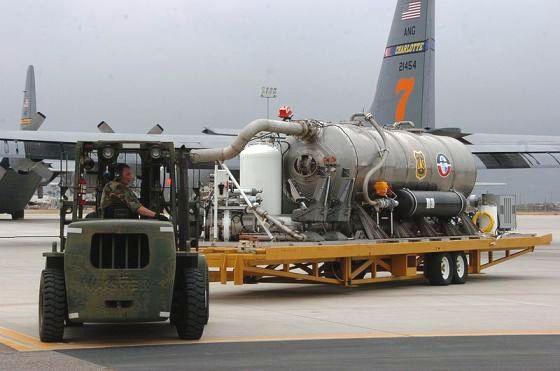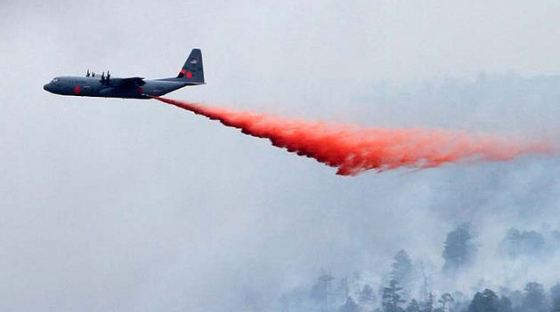Two men have been charged with starting the Dump Fire near Saratoga Springs, Utah that burned more than 5,500 acres and cost $2.1 million to put out. About 2,500 people were forced to evacuate.
Investigators say the men were shooting on June 21 when they hit an explosive target that started the fire in nearby vegetation. Identified as 37-year-old Kenneth Nielsen of Washington, Utah, and 42-year-old Jeffrey Conant of Woodinville, Washington, they were charged with misdemeanor reckless burning and using prohibited targets,
We first wrote about the surge in popularity of exploding targets and the increasing number of wildfires caused by these devices on October 11, 2012. In that article we listed 21 fires that were either confirmed or suspected to be caused by exploding targets since the first of June, 2012. And these are just the ones that we were able to find using Google.

These devices are sometimes called “binary exploding targets”, since they are completely inert until two powders are mixed at the site by the target shooter. After they are combined, the compound is illegal to transport. The manufacturers claim that the only way they can be detonated is by striking them with a high-velocity bullet fired from a high-powered center-fire rifle. At least one company has recently started offering targets that will explode when hit with a much less powerful .22 caliber rim-fire rifle.
Most of the wildfire community is only beginning to learn of of this disturbing trend.
Laws regulating the devices vary from state to state. CAL FIRE investigator Capt. Gregory Ewing, issued a safety bulletin following a June, 2012 fire in Riverside County that was started by exploding targets. He suggested that users of the targets could be charged with multiple felonies.
Possessing it with the intent to mix the two parts (thus creating an explosive) is a felony. Actually mixing the two parts is also a felony, and detonating it is yet another.
John N. Maclean, the author of several books about wildfires, in an October 18 OP-ED article on the New York Times’ web site, wrote about penalties that have been assessed against arsonists and others who have started wildfires. He briefly mentioned exploding targets:
Some practice shooters fire at exploding targets — store-bought canisters that blow up when pierced by a bullet. These are largely legal, but they should be banned immediately.
I agree with Mr. Maclean. It is ridiculous that these incendiary devices which have been demonstrated to be extremely dangerous in the hands of the average shooter, are legal. They should not only be illegal to transport after the two chemicals have been mixed, the kits to assemble them should not be legal to sell or possess.
Specific legislation is needed so that a person starting a fire with an exploding target can be charged with a crime that is more punitive than misdemeanor reckless burning or using prohibited targets, as was the case in the brain dead shooters that started the $2.1 million Dump Fire.









